Twin-town Valga-Valka was first mentioned in 1286 in the credit register of the city of Riga under the German name WALK. Walk, a not fortified settlement in the heart of Old Livonia was chosen as the location for town assembly days for 36 times up to 1500. On June 11th, 1584 Walk was granted town privileges by Stefan Batory, King of Poland since the area was part of the Kingdom of Poland from the läte 16th century to the early 17th century.The city was heavily ravaged by the Great Northern War and it took a generation to increase the population of the city up to 400 people.
In 1783 the Empress Catherine II established a new administration order in the Baltic provinces. Kreis Walk was constituted mainly from the territories of Riga and Võnnu Kreises and it consisted of eleven parishes, nine of them located on the present Latvian territory. As Valga became the centre of the kreis, St John´s Church was founded and the building of kreis institutions was built in 1783-1786.
The town went through a fast development period at the end of XIX and the beginning of XX century due to the establishment of a railway junction. Many tradesmen are willing to come to live here from other towns.It is because four railway lines are going to have their crossing point here– the Postimees newspaper wrote like that in 1887 when the first train connection reached Valga. In the end of the 19thand beginning of the 20thcenturies, Valga was the most rapidly growing city of Estonia. The number of inhabitants increased from 4200 people in 1881 to over 20 000 by the end of World War I.
In 1919, the Government of the Republic of Estonia issued a regulation of constitution of Valga County, consisting of the territories gained during the Estonian War of Independence. Until 1920s the surroundings of Härgmäe and Valga belonged to the mixed area of Estonia-Latvia as there was no exact national border. The population of the City was split nearly evenly between Estonians and Latvians, and there was no successful way to divide the city. Half of the citizens were Latvians, the other half were Estonians. In 1920, after the proclamation of independence of the Republic of Latvia and the Republic of Estonia, the town was conclusively divided between two countries by the British envoy Colonel S. G. Tallentsand the border was set along the Varžupīte-Konnaoja Creek.
The Soviet occupation begins in 1940 with it the mass deportations of Estonians and Latvians from Valga and Valka. The town became an important industrial centre with a large Soviet army military base. During the Soviet occupation the physical border between two towns was non-existent, but each part of the city continued on its own.
In 1991, after both countries regained independence, the border between Republic of Latvia and Republic of Estonia was re-established. In 2004 Latvia and Estonia entered the European Union and in 2007 joined the Schengen Agreement. The physical border between the two countries was eliminated and free movement between countries renewed.
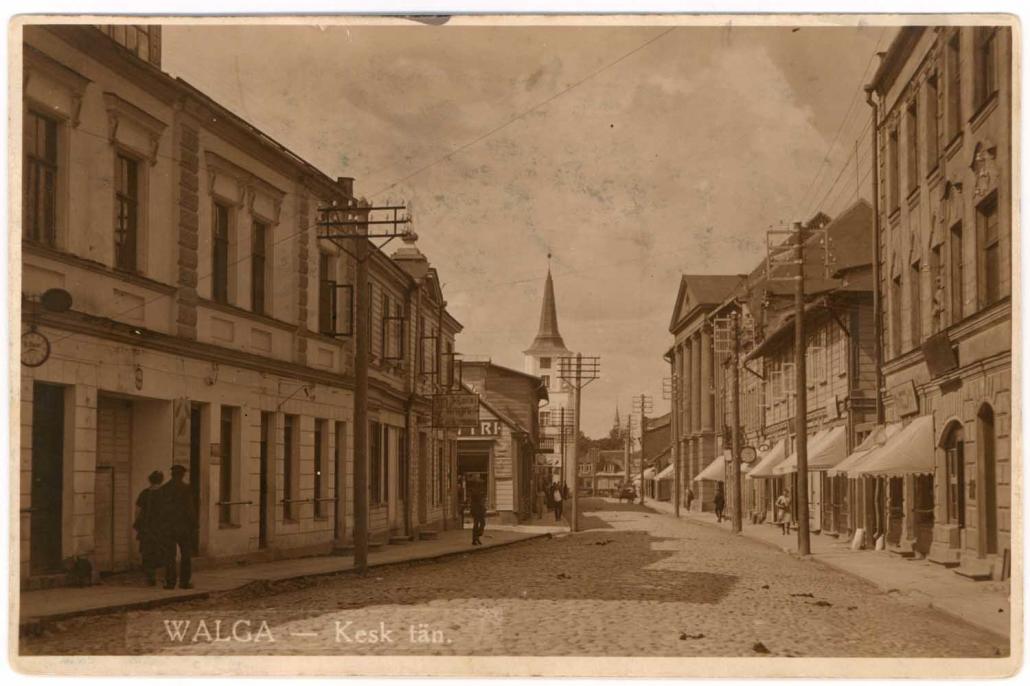
Photo: Valga Museum 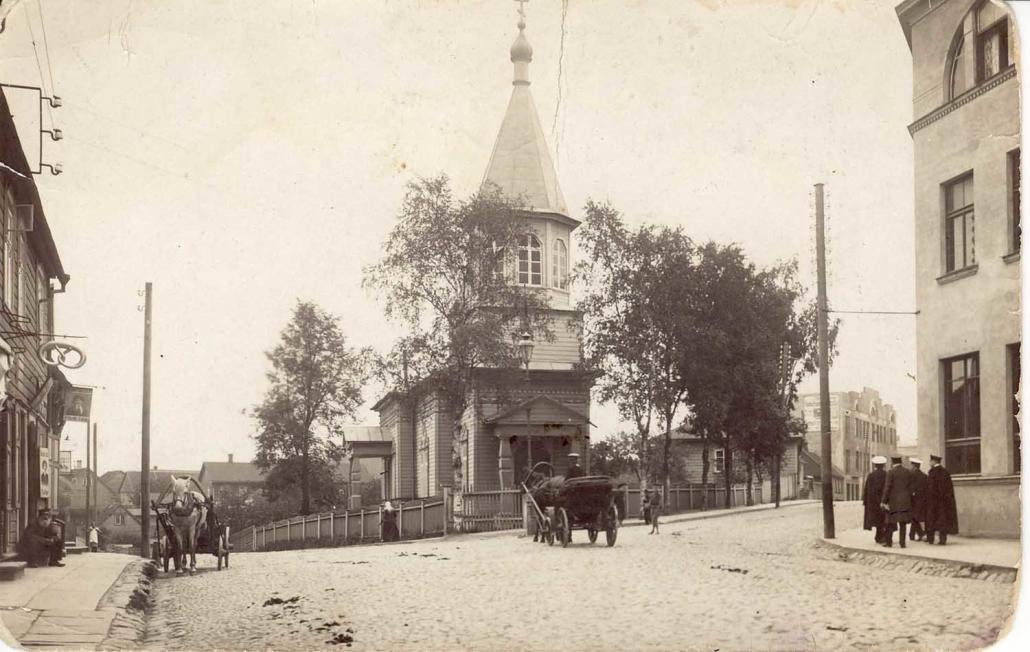
Photo: Valga Museum 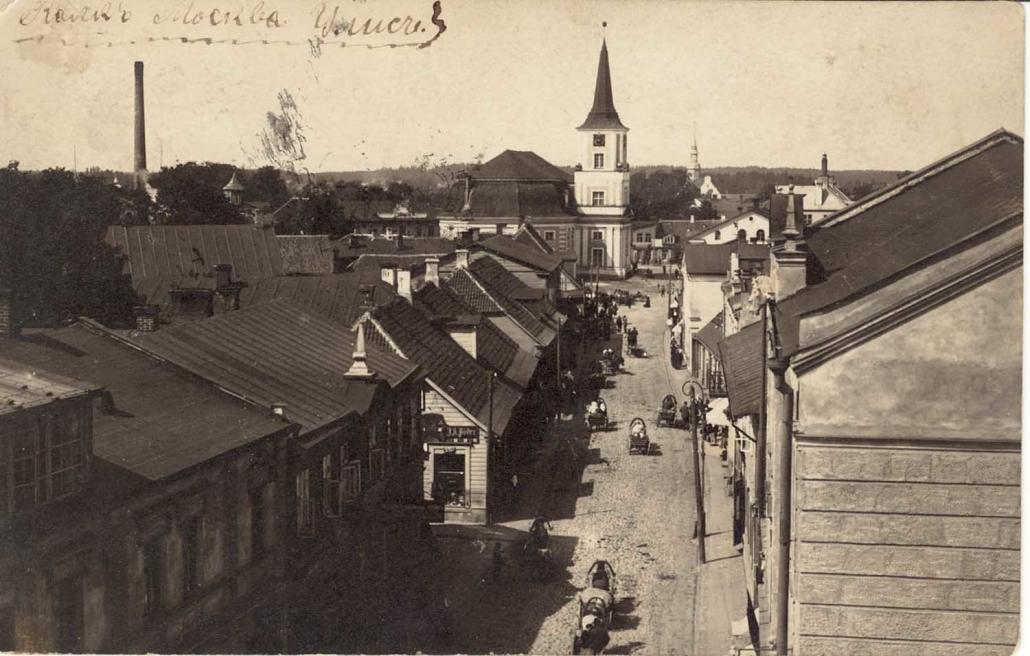
Photo: Valga Museum 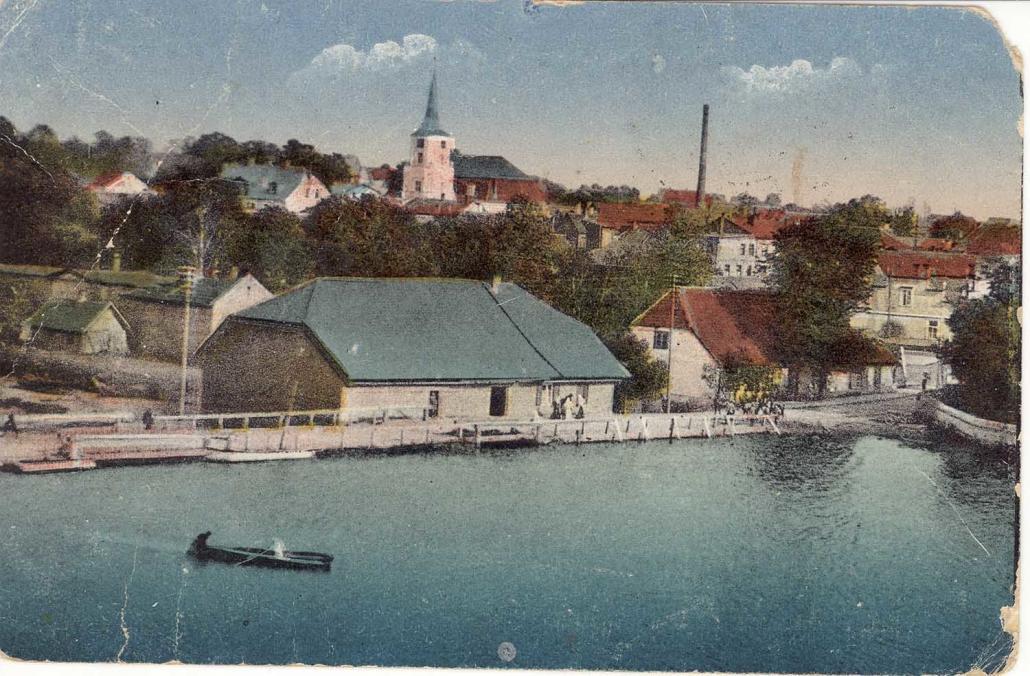
Photo: Valga Museum 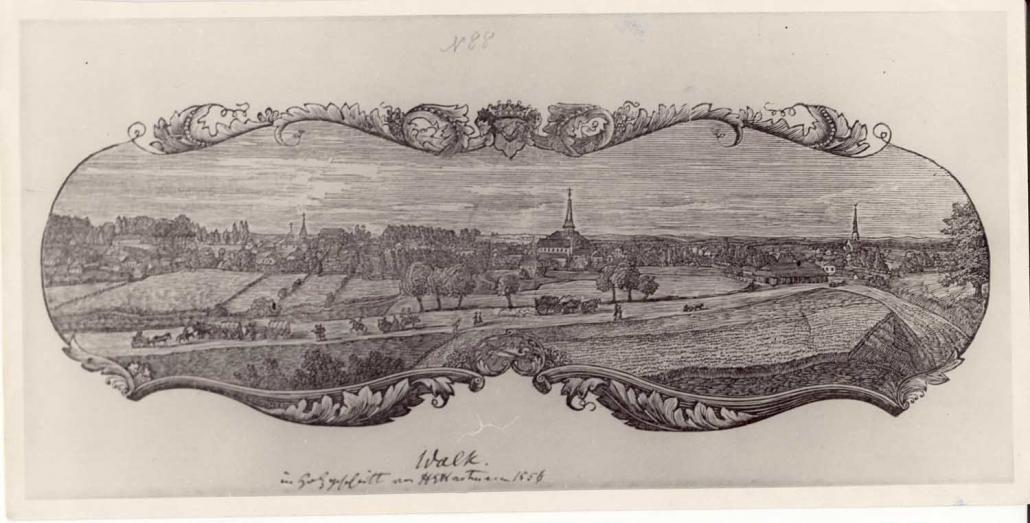
Photo: Valga Museum 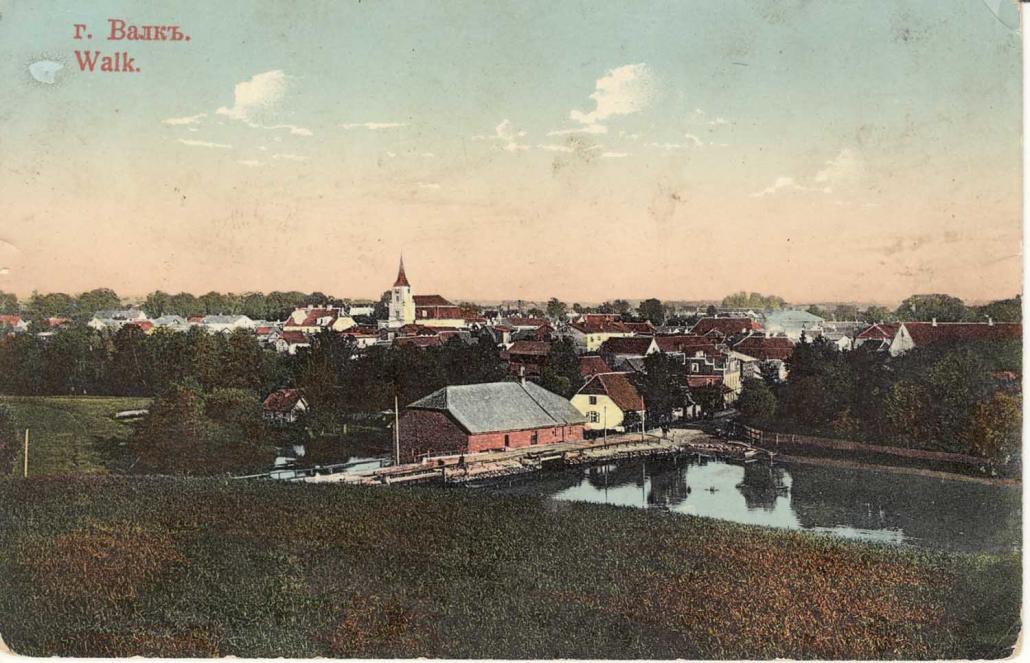
Photo: Valga Museum
